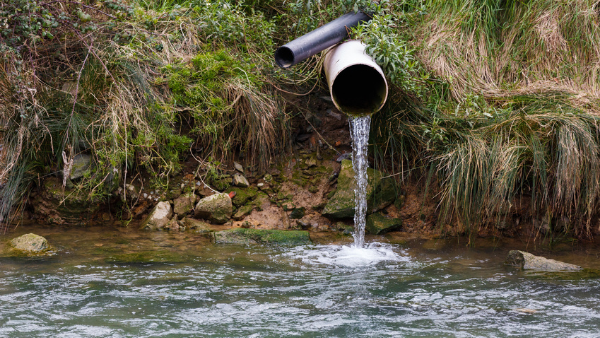Author
There exists in English law a concept that exercise of a right for a long period of time should be capable of legitimisation. This was considered in a recent High Court case concerning rights of drainage.
The case
The Claimant in the case of Bernel Limited v Canal and River Trust [2021] had acquired land near Macclesfield, which it intended to develop. The site comprised an existing dwelling and its garden, and a large adjoining field, on which the Claimant was building nine new houses.
The Defendant was an adjacent landowner. A pipe of uncertain origin ran across the Claimant’s land and discharged on to the Defendant’s land and into a feeder canal.
The Claimant needed to be able to drain the surface and foul water from the development on to the neighbouring land, but had not been able to reach an agreement with the Defendant about this. To try to circumvent the need for an agreement, the Claimant asserted that it in fact had a preexisting right, on two alternative bases:
- the pipe was a natural watercourse (in that it had been installed along the course of a naturally-occurring stream) and so the intended drainage was permitted under the riparian rights the Claimant had as landowner; or
- the necessary rights had been acquired by prescription under the doctrine of lost modern grant.
The Defendant’s position was that the pipe was a sewer or drain bringing effluent from septic tanks further up the street, and water from field drains, rather than naturally flowing surface water.
The doctrine
The doctrine of lost modern grant gets its name from the concept that the use is presumed to have its origin in a legitimate deed of grant, which has been lost. However, there is no need to prove the existence of such a deed or the parties to it when bringing a claim, and even demonstrating that no grant was in fact ever made may be insufficient to rebut the presumption.
For a claim that an easement has been acquired by prescription under the doctrine of lost modern grant to succeed, there are two key requirements which must be met:
- The use must have been enjoyed for at least 20 years without other lawful explanation; and
- The use must have been ‘as of right’, that is without force, without secrecy and without permission.
The Judgment
The Court found that, although riparian rights would have enabled the Claimant to do as he wished, the expert evidence showed that the pipe was not a natural watercourse – and so the claimed riparian rights did not exist.
The prescription claim also failed, as the Court found that the evidence did not establish 20 years’ discharge of surface water or effluent from the Claimant’s land into the pipe. The septic tank of the existing dwelling was not connected to the pipe, and there was no evidence of any significant amounts of surface water from the site having otherwise drained off the site through the pipe.
Establishing an easement by long user
Although the Claimant’s prescription argument failed, the Judge explained what other findings he would have made, if the evidence had shown 20 years’ use. Of particular interest were his comments about the physical extent of the ‘dominant’ land, and whether the proposed use amounted to a radical change in
the site.
For every easement, there is ‘dominant’ land (the land asserting the use) and ‘servient’ land (the land burdened with the use). In this case, it was found that the dominant land could only ever have been that of the existing dwelling and its garden, and land in the immediate vicinity of the pipe – not the whole site.
Based on that finding, the Judge held that the development of the site constituted a ‘radical change’ in its identity, which is grounds for the servient land owner to object, if such change results in a substantial increase in the burden on the servient land.
If the claim had instead been for intensification of the burden from the existing dominant land, any pre-existing right would have expanded to include that. The Judge also noted that had he found that the dominant land constituted the whole of the site, the proposed user would not be excessive as the evidence was that the burden on the servient land would not have significantly increased.
Print article

